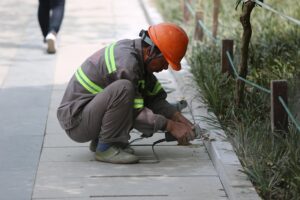Slab cracks, caused by earth movement, temp fluctuations, settlement, or impact, range from hairline fractures to severe fissures. Types include vertical (settling/soil movement), horizontal (structural issues/temps), diagonal (stress buildup), and network (age-related expansion). Initial inspection for restoration identifies crack severity & causes. Minor cracks are repaired with cleaning, etching, & epoxy injection; more severe ones may require carbon fiber wrapping or polyurethane molding. Selection of compatible materials & tools is crucial. A step-by-step guide involves: assessing damage, gathering tools, cleaning, drilling a small hole at the crack origin, applying epoxy, sanding excess resin, & reinspecting. Preventative measures like regular inspections, temp control, moisture management, and reinforcement reduce the need for costly crack repair.
Slab restoration is a crucial process for maintaining structural integrity and aesthetic appeal in both residential and commercial spaces. This comprehensive guide delves into the world of slab cracks, exploring their causes and types, from minor hairline fractures to severe network damage. We provide an in-depth assessment procedure, detailed crack repair techniques, essential tools and materials, step-by-step restoration instructions, and preventive measures to avoid future slab cracks. By mastering crack repair, you’ll ensure the longevity and stability of concrete slabs.
Understanding Slab Cracks: Causes and Types
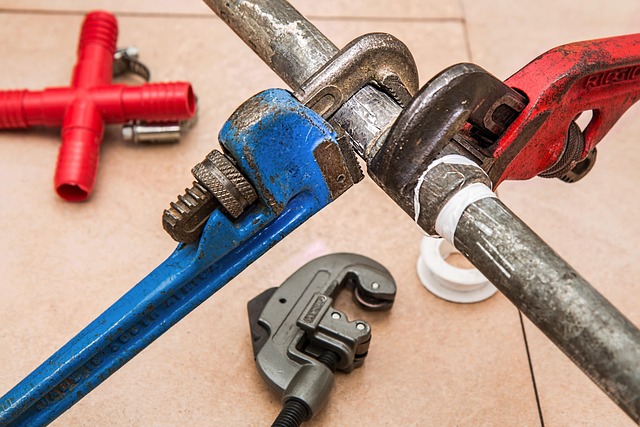
Slab cracks can range from small, hairline fractures to large, deep fissures and are a common concern for many property owners. Understanding the causes and types of slab cracks is essential in determining the best course of action for crack repair. These cracks often occur due to various factors, including movement of the earth, changes in temperature, settlement of the foundation, or damage caused by heavy objects.
There are several types of slab cracks: vertical cracks, horizontal cracks, diagonal cracks, and network cracks. Vertical cracks typically appear as straight lines running up and down, usually resulting from differential settling or soil movements. Horizontal cracks, on the other hand, indicate a more severe issue, often related to structural problems or significant temperature changes. Diagonal cracks suggest stress buildup and can be caused by foundation movement. Network cracks form intricate patterns and are commonly seen in older structures due to repeated cycles of expansion and contraction.
Assessment: Inspecting the Damage

When assessing a slab for restoration, the first step is meticulously inspecting any visible damage. This involves carefully examining the surface for cracks, which can range from hairline fissures to larger breaks. Cracks are often indicative of structural issues and could be caused by various factors such as settlement, ground movement, or poor initial construction.
During this process, experts will also look for signs of moisture intrusion, which can lead to further damage like crumbling concrete or mold growth. By thoroughly evaluating these elements, restorers can determine the extent of the work required, focusing on crack repair and ensuring the slab’s structural integrity is restored.
Crack Repair Techniques: A Comprehensive Overview
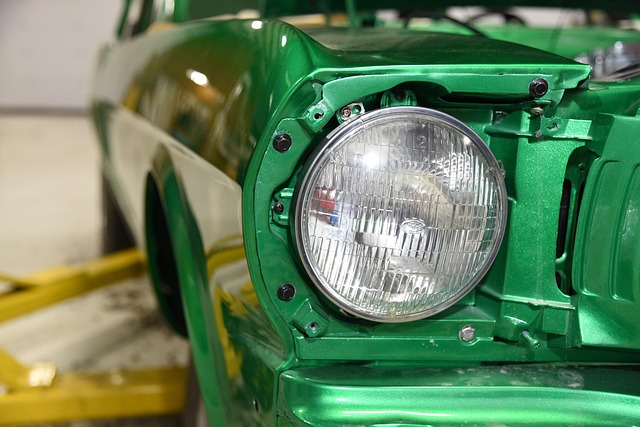
Slab restoration involves more than just cleaning and sealing; it often includes crack repair, a crucial aspect of ensuring structural integrity and aesthetic appeal. There are various crack repair techniques available, each suited to different types and severity of cracks. For minor cracks, a simple process of cleaning, etching, and applying an epoxy injection can be effective. This method involves using specialized tools to clear the crack of debris, gently etch the surrounding concrete for better adhesion, and inject a strong epoxy that fills and stabilizes the fracture.
For wider or more complex cracks, a different approach is necessary. One technique involves carbon fiber wrapping, where a layer of carbon fiber tape is applied around the crack, enhancing structural support and preventing further damage. Another advanced method uses polyurethane injection molding, which not only fills the crack but also expands to create a strong bond with the surrounding concrete. These techniques are essential for both commercial and residential properties, ensuring that floors remain level, safe, and visually appealing over time.
Materials and Tools for Effective Restoration
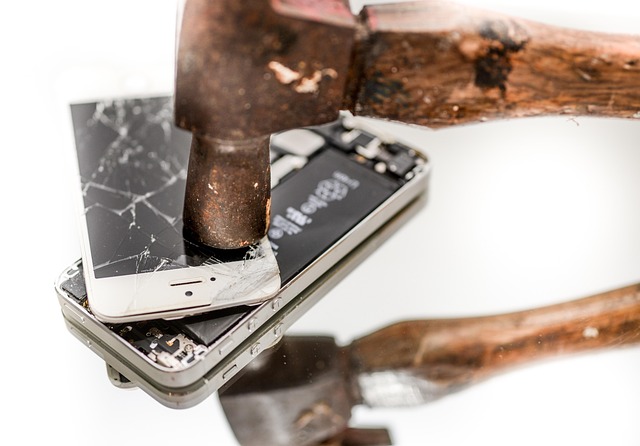
When it comes to slab restoration, choosing the right materials and tools is paramount for achieving effective crack repair. The process often involves a combination of epoxy resins, urethanes, and specialized adhesives designed to fill and strengthen cracks. These materials must be compatible with the existing slab surface and capable of withstanding the expected loads and environmental conditions.
Tools play an equally crucial role in ensuring precise application and clean finishes. Hand tools like trowels, brushes, and scrapers are essential for preparation, while power tools such as floor grinders and sanders facilitate smoothing and polishing. Proper protective gear, including safety goggles and gloves, is also indispensable to safeguard against potential hazards during the restoration process.
Step-by-Step Guide to Repairs

Slab Restoration: A Step-by-Step Guide to Repairs
The first step in repairing any damage is assessment. Inspect your slab for cracks, chips, or other imperfections. Identify the type and severity of damage, as this will dictate the repair method. Cracks, for instance, can vary from hairline fractures to large, structural breaks. Once assessed, gather your tools and materials: a wire brush, drill with a diamond bit, epoxy resin, a trowel, and protective gear.
Begin by cleaning the slab surface thoroughly. Use the wire brush to remove any loose debris or dirt. Next, create a small hole at the crack’s origin using the drill with a diamond bit. This will help you apply the epoxy accurately. Apply a generous amount of epoxy resin to both sides of the crack using the trowel. Ensure complete coverage. Allow the epoxy to dry completely before proceeding. Once cured, lightly sand any excess resin and re-inspect your work.
Preventive Measures: Avoiding Future Slab Cracks
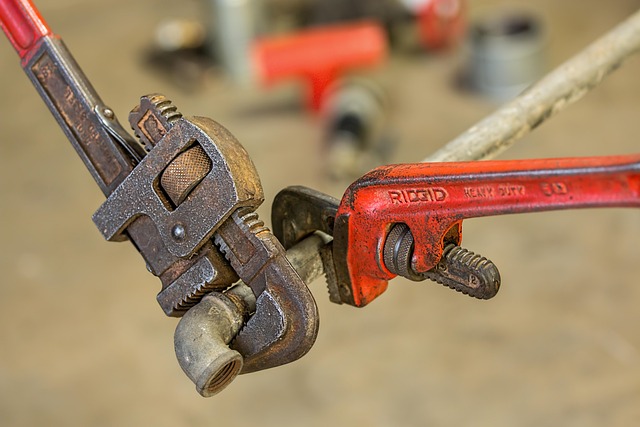
Preventative measures are key in slab restoration, as addressing cracks early can save significant time and money down the line. Regular inspection is crucial; identifying potential issues before they escalate can help prevent crack repair from becoming a major undertaking. Simple precautions like avoiding sudden temperature changes, managing ground moisture levels, and preventing heavy loads from exceeding slab capacity can go a long way in preserving its integrity.
Additionally, proper maintenance practices such as sealing joints, applying cracks coatings, and reinforcing weak areas can fortify the slab against future damage. By incorporating these preventative strategies into your routine, you can minimize the risk of costly crack repair works, ensuring your slab remains robust and durable for years to come.
